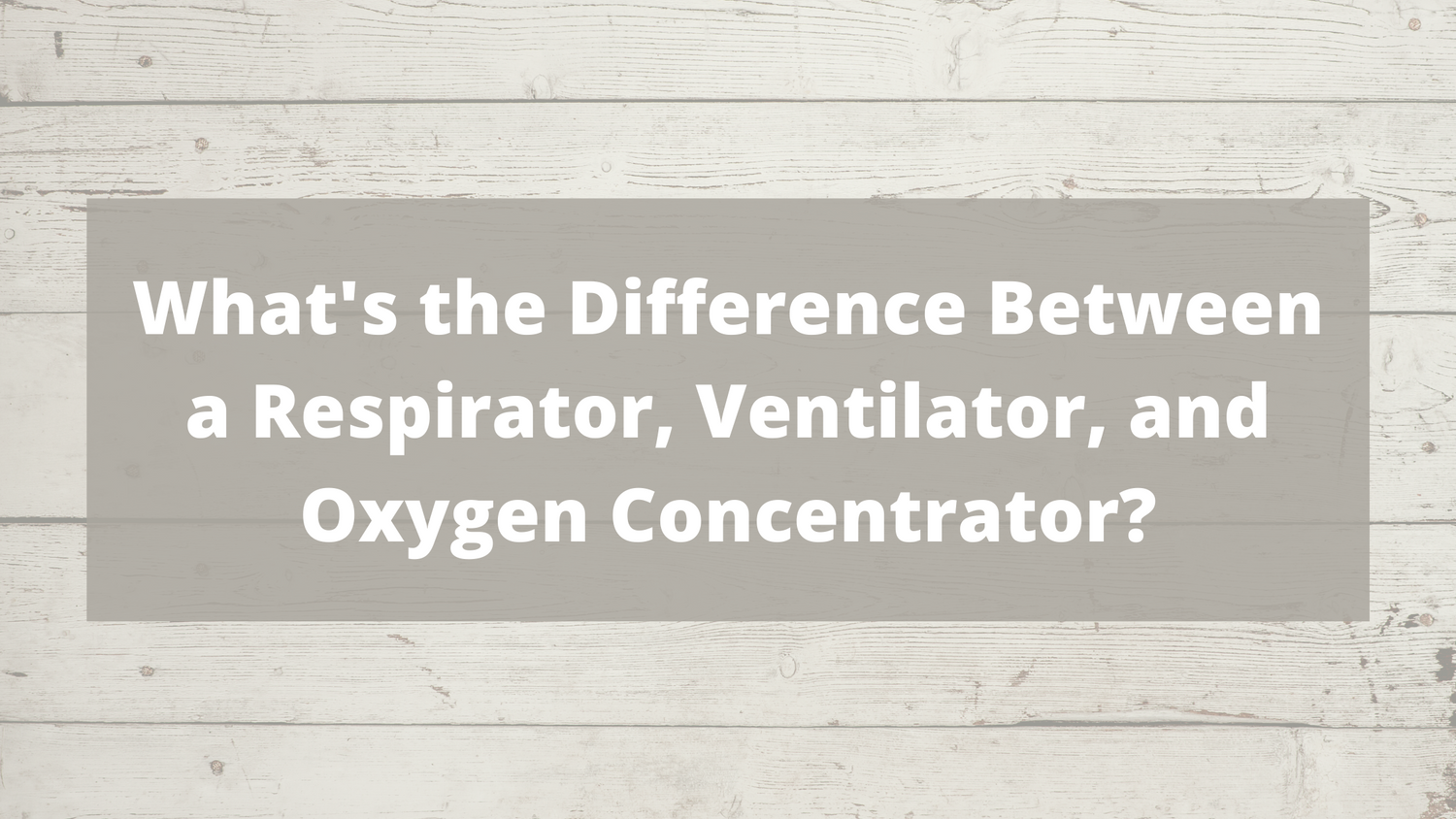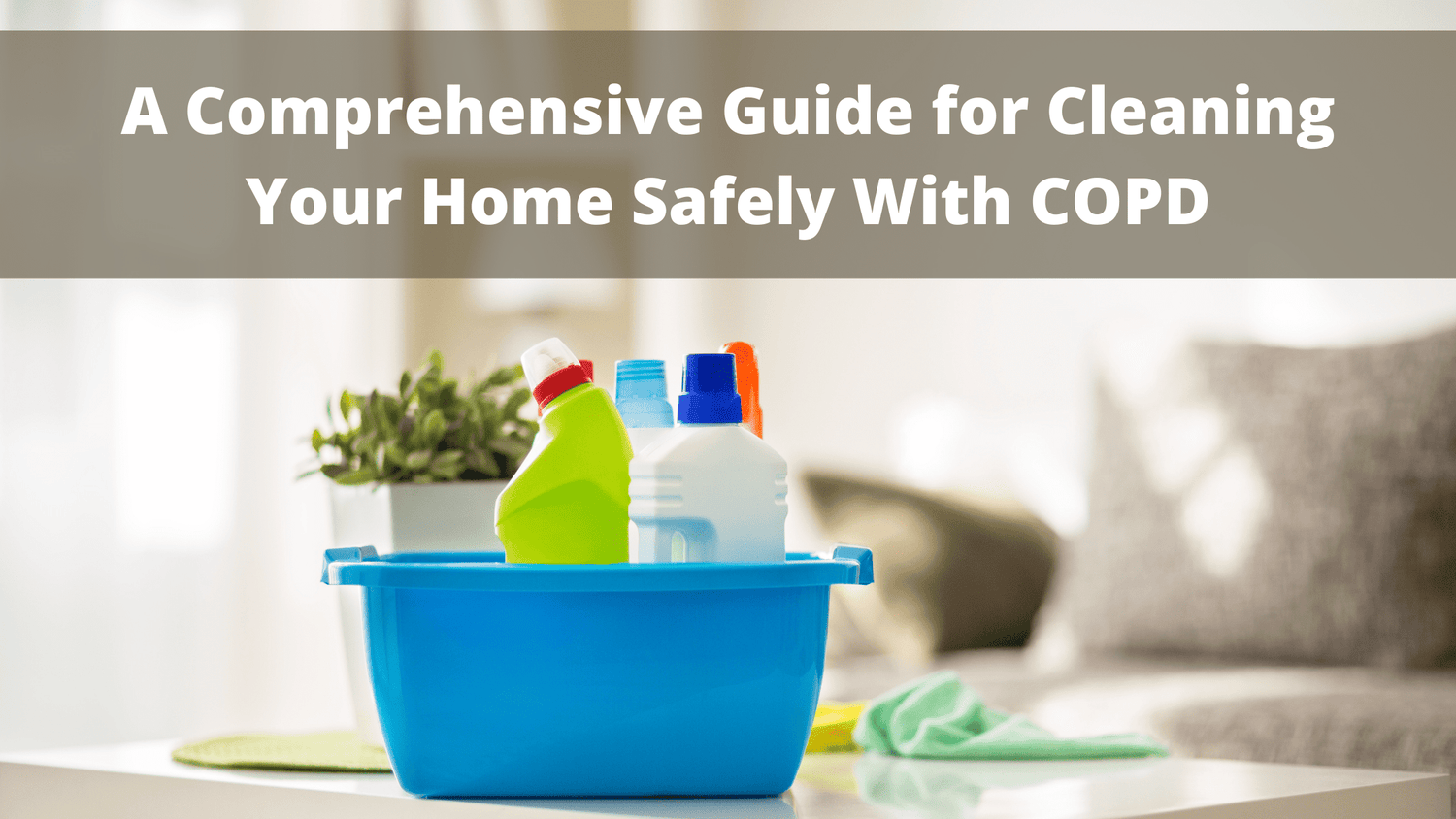Respiratory Resource Center - LPT Medical
Everything You Need To Know About Lung Disease Diagnosis
The lungs are one of five vital...
Read MoreWhat's the Difference Between a Respirator, Ventilator, and Oxygen Concentrator?
Medical terminology can be very challenging to understand sometimes....
Read MoreA Comprehensive Guide for Cleaning Your Home Safely With COPD
The novel coronavirus has completely reshaped the way that...
Read More


